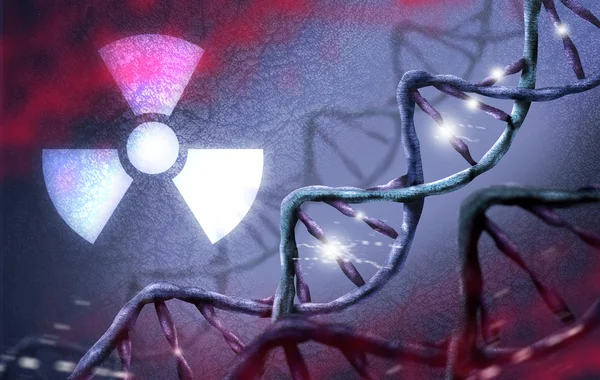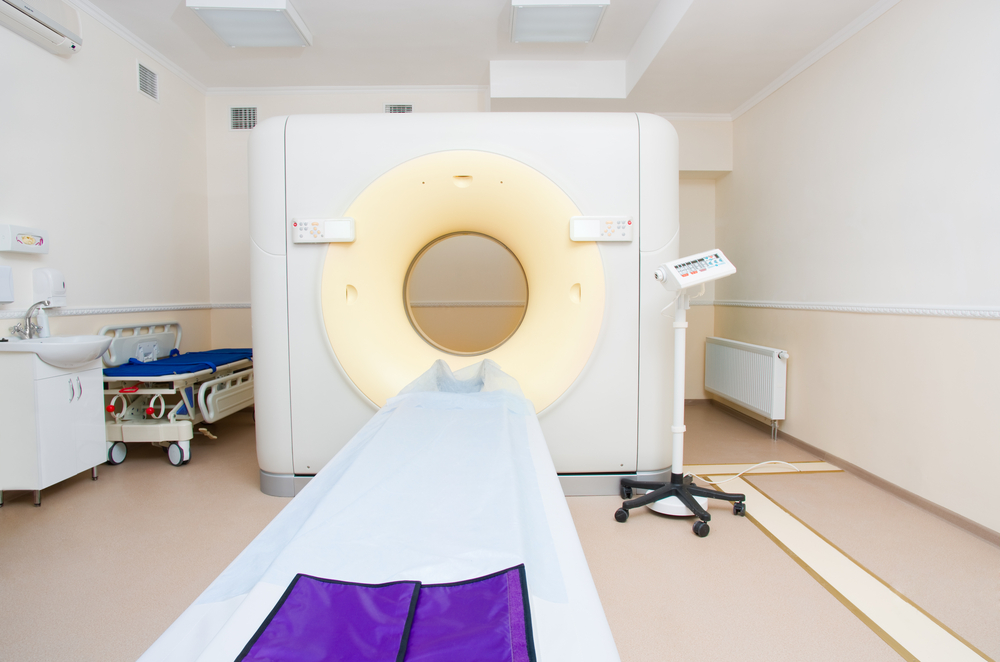Radiation therapy is one of the most important and used cancer treatments. It is done by irradiating, it inhibits cancer cells. However, radiation therapy damages the normal cells while destroying the cancer cells. While it is beneficial in most cancer treatments, due to this therapy, many people suffer side effects after it.

Also, according to Cancer Research UK, Radiation therapy has various impacts on the blood. For example, lower red blood cells leading to anemia, which causes fatigue and shortness of breath. Also, very low white blood cell counts increase your risk of getting an infection called neutropenia (low some types of white cells to cause severe infection).
So, in this blog, I want to share the research by KiHyeon Rhee et al., “Productive Effect of Fucoidan against Radiation-induced Damage of Blood Cells,” report Fucoidan irradiation’s protective effect on damaged blood cells by irradiation.
The research showed that Animal tests were carried out using Balb/c mice to determine the radiation-induced change in blood cell counts, including thrombocytes, erythrocytes, leukocytes, and hematocrit. They were divided into three groups as 1) non-irradiation + non-Fucoidan administration. 2) Irradiation + Fucoidan administration, 3) only irradiation, and continuously irradiated each group for four weeks. After that, we had done blood tests in each group every seven days. Then we compared the results with the only irradiation group. The irradiation + Fucoidan group had inhibited the reduction of blood counts. (Below graphs A~D)
Also, they found that the survival rate increased dose-dependently in the fucoidan-treated group for 50 days. Furthermore, for each mouse group, one group was administered PBS (phosphate-buffered saline), and another group was administered Fucoidan, which was irradiated. Then after 14 days and 28 days, they were dissected and examined for the effects on the organs. As a result, they found that Fucoidan administrated group was less pathogenic in each organ (lung, liver, kidney, and spleen) and less hypoplastic of the bone marrow.

